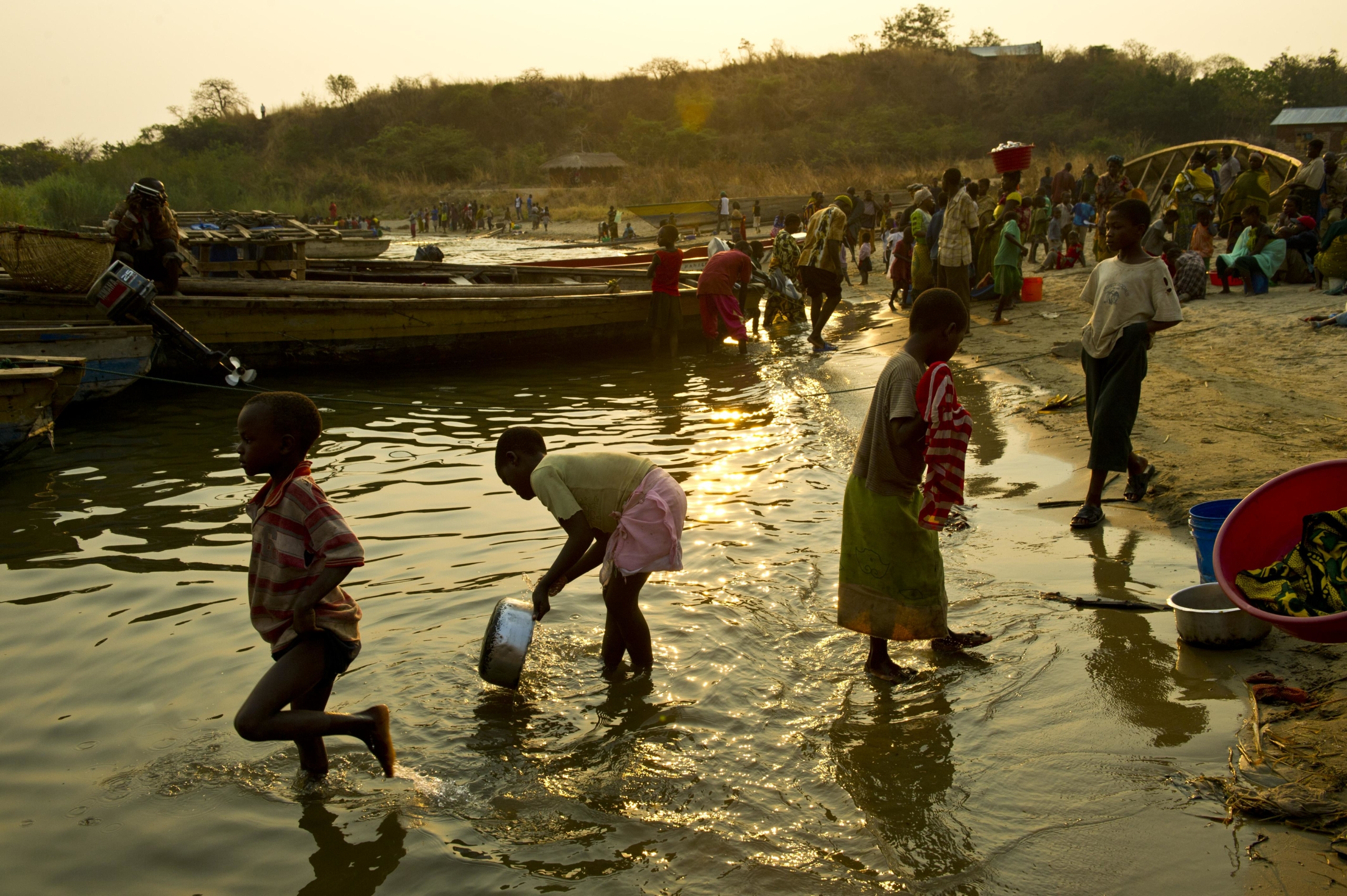SNAPP TEAM:The Social Implications of 30×30
Support SNAPP
Teams Like This
Teams Like This
What are the implications for resident people of plans to greatly increase global protected and conserved area coverage, and how might these be addressed to maximize positive outcomes for nature and society?
Team Status:
ONGOING
Team Critical Challenge:

- New analysis of the potential social impacts of 30×30 at global level, under various scenarios for implementation. This will include analysis of affected populations disaggregated as far as possible by wealth, ethnicity, voice in decision making and other important social variables.
- A more detailed analysis of one case study country (likely to be in Central Africa).
- Feasible proposals for how 30×30 could be implemented at the country level in a way that maximises social benefits while minimising social harms, co-developed with implementation partners.
- Improved dialogue and a strong foundation for future inter-disciplinary and cross-sectoral research collaboration between people with different perspectives on area-based conservation.
Social considerations are crucial to success in implementing the 30×30 global conservation target
This correspondence outlines the critical need for the implementation of the UN Convention on Biological Diversity’s Target 3 of the Global Biodiversity Framework (protecting 30% of the earth by 2030) to focus on national and sub-national analyses, research questions designed by place-based coalitions, comparative analyses of multiple countries, better social indicators (relating to rights, participation, justice, or financing) and research and support for political mobilization.
Leaders
Chris Sandbrook
University of Cambridge
University of Cambridge
Members
Achilles Byaruhanga
NatureUganda
NatureUganda
Alain Frechette
Rights and Resources Initiative
Rights and Resources Initiative
Ameyali Ramos
ICCA Consortium & IUCN Commission on Environment, Economic and Social Policy
ICCA Consortium & IUCN Commission on Environment, Economic and Social Policy
Becky Chaplin Kramer
Stanford University
Stanford University
Brian O’Donnell
Campaign for Nature
Campaign for Nature
Carolina Hazin
The Nature Conservancy
The Nature Conservancy
Casey Ryan
University of Edinburgh
University of Edinburgh
Charles Tumwesigye
Uganda Wildlife Authority
Uganda Wildlife Authority
Dan Brockington
Universidad Autónoma de Barcelona
Universidad Autónoma de Barcelona
David Mwesigye Tumusiime
Makerere University
Makerere University
Edna Kaptoyo
Pawanka Fund
Pawanka Fund
Forrest Fleischmann
University of Minnesota
University of Minnesota
Fred Onyai
National Consultant for CCAC/UNEP
National Consultant for CCAC/UNEP
Gary Watmough
University of Edinburgh
University of Edinburgh
Heather Bingham
UN Environment Programme World Conservation Monitoring Centre
UN Environment Programme World Conservation Monitoring Centre
James Allan
McKinsey and Company
McKinsey and Company
James Fitzsimons
The Nature Conservancy
The Nature Conservancy
Jasmin Upton
UN Environment Programme World Conservation Monitoring Centre
UN Environment Programme World Conservation Monitoring Centre
Javier Fajardo
Cambridge University
Cambridge University
Josefa Tauli
Global Youth Biodiversity Network
Global Youth Biodiversity Network
Julie G. Zähringer
Wyss Academy for Nature and Centre for Development and Environment, University of Bern
Wyss Academy for Nature and Centre for Development and Environment, University of Bern
Madhu Rao
IUCN WCPA & Wildlife Conservation Society
IUCN WCPA & Wildlife Conservation Society
Marion Pfeifer
University of Newcastle
University of Newcastle
Milagre Nuvunga
Micaia Foundation
Micaia Foundation
Mônica Vilaça da Silva
The Nature Conservancy
The Nature Conservancy
Neema Pathak Broome
Kalpavriksh
Kalpavriksh
Pauline Nantongo
Ecotrust
Ecotrust
Phil Franks
International Institute for Environment and Development (IIED)
International Institute for Environment and Development (IIED)
Priya Shyamsundar
The Nature Conservancy
The Nature Conservancy
Q”apaj Conde
UN Convention on Biological Diversity Secretariat
UN Convention on Biological Diversity Secretariat
Rachael Garrett
ETH Zurich
ETH Zurich
Rose Pritchard
University of Manchester
University of Manchester
Ruth Pinto
International Institute for Environment and Development
International Institute for Environment and Development
Shenique Albury-Smith
The Nature Conservancy
The Nature Conservancy
Thomas Worsdell
Amazon Frontlines
Amazon Frontlines
Tobias Kuemmerle
Humboldt University of Berlin
Humboldt University of Berlin